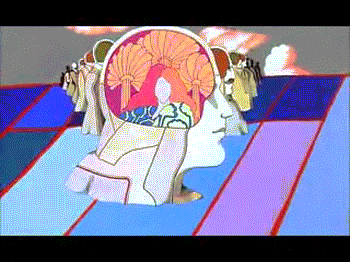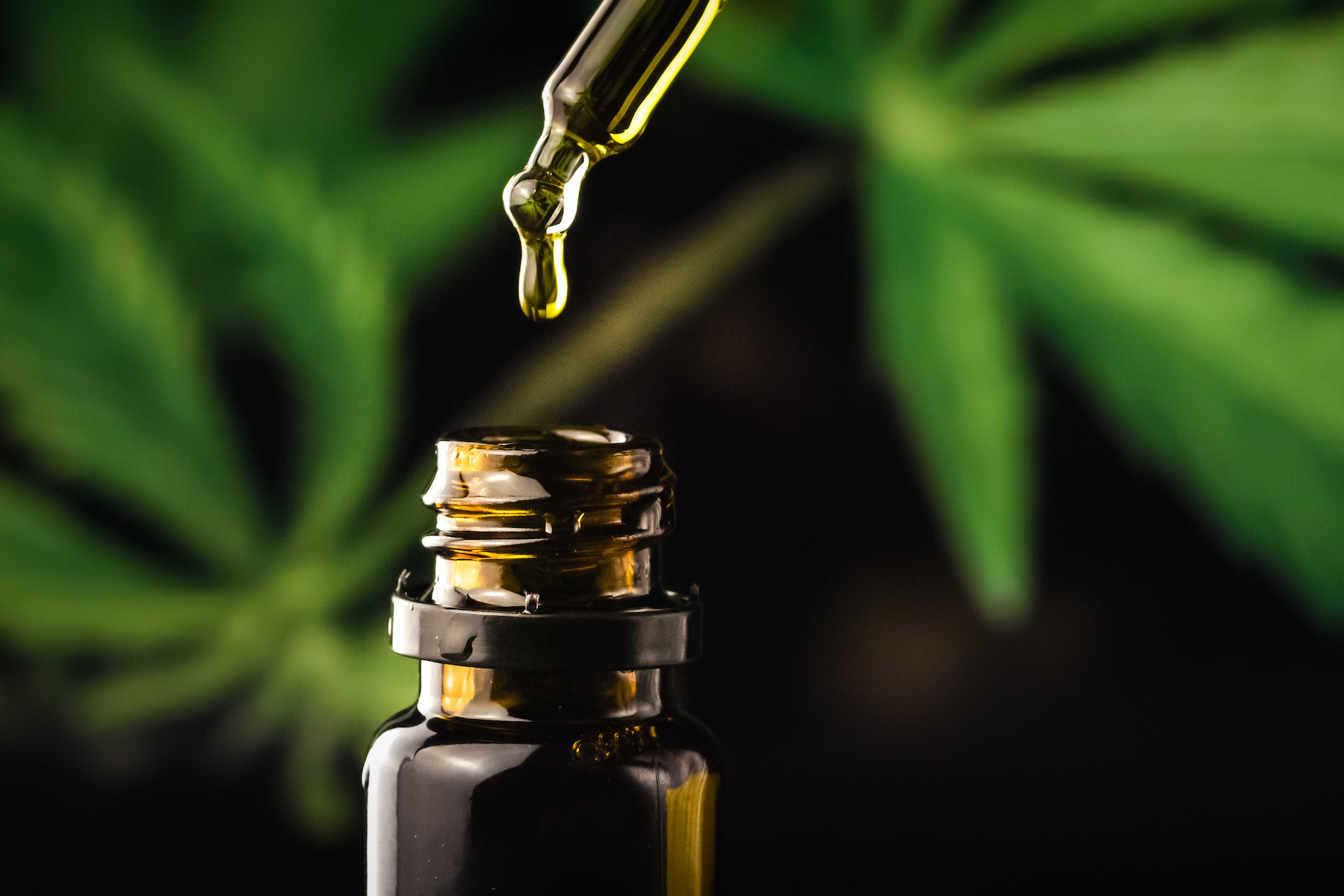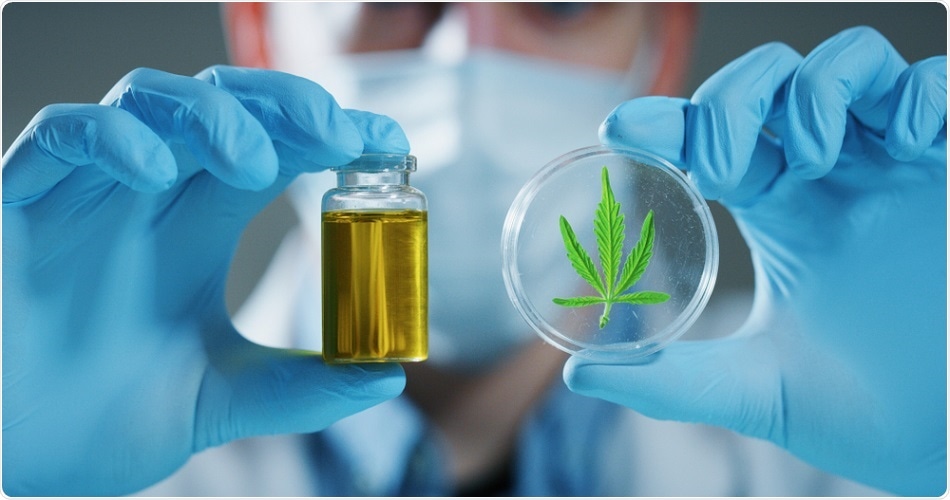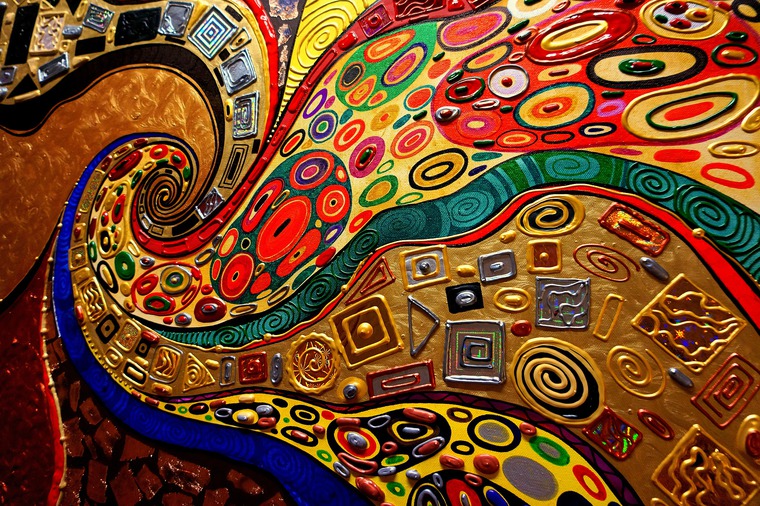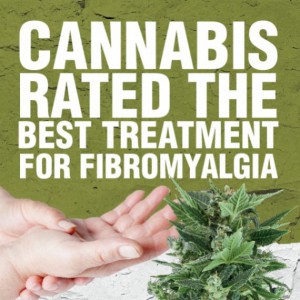mr peabody
Bluelight Crew

For people suffering from chronic pain, Ketamine may be the answer
by Torsten | 28 Aug 2005
At his worst, Brett Lovell, 32, experienced such searing pain that he couldn't straighten his arm, and the fingers of his left hand curled up like a claw. The pain had him downing 25 pills a day. Then he undertook an experimental treatment - a 7-day coma in which he given an anesthetic called ketamine. The procedure gave him fleeting hallucinations, but it helped. "I can enjoy life better today," said Lovell, who is down to just one pill a day and can maneuver a computer mouse.
Ketamine is now being touted as a revolutionary treatment for a severe pain disorder. In the treatment, ketamine is infused intravenously and continuously while patients are supported by a ventilator - and are virtually dead - for days.
Robert Schwartzman, chairman of neurology at Drexel University College of Medicine, is has pioneered of the experimental treatment, which resets the link between the pain sensory neurons and the brain.
He equates the brain to a computer. "For five days we turn your computer off so you're not having any pain, he said. "When the brain is turned back on, the pain system is rebooted."
Considered a safe anesthetic, ketamine is chemically similar to PCP and causes inebriation, hallucinations and dissociation, the sensation that patients are not in their bodies.
These side effects have led to its popularity at raves and reports of use as a date-rape drug.
The extreme nature of treatment speaks to the desperation of those with chronic regional pain syndrome or reflex sympathetic dystrophy, a condition that affects 1.5 million Americans, according to the Reflex Sympathetic Dystrophy Syndrome Association. The syndrome produces intense, burning pain, and causes normally non-painful sensations, touch, movement and temperature - to be agonizing.
"It makes you feel like you've been doused in gasoline and set on fire," said Cynthia Toussaint, 44, a sufferer in Valley Village, Calif., who runs a nonprofit organization to help women in pain.
The condition can result from any type of injury, such as a turned ankle or carpal tunnel syndrome. It develops in 1-2 percent of fractures and 2-5 percent of peripheral nerve injuries. "The body's pain system, which is necessary to telling us something is wrong, goes awry in these cases. When pain fibers from the injury site activate, they trigger a chain reaction that changes the structure of the pain neurons. These changes provoke the neurons to fire even more - like a car engine revving out of control - which creates more pain," said Daniel Carr, chief executive officer of IDDS, a New York City-based company that is testing a ketamine nasal spray.
The syndrome often goes misdiagnosed and mistreated, said Schwartzman. Most of his patients have already seen 10 other doctors by the time they find him. And, many, especially children, face skepticism from their doctors, who think the patients are just trying to get attention.
"I got such horrible looks from doctors, like I had two heads," said Megan Vanatta, 21, of Washingtonville, N.Y., who has had the disorder since she was 7. "Doctors would ask, Are your parents fighting? Do your parents abuse you?"
The earlier the condition is treated, the more effective it seems to be - but there is no cure and no one treatment works universally, experts say. The ketamine coma is only for the most serious cases. A number of U.S. doctors use ketamine in small doses to treat pain while patients are awake, but Schwartzman and two German colleagues, Ralph-Thomas Kiefer and Peter Rohr, are the first to infuse it in comatose patients for up to seven days. So far, the trio has treated 26 American patients in Germany. All patients received significant temporary pain relief, and nine remain completely pain-free from nine months to three years after the infusion.
Ketamine is FDA-approved in the United States for two-day use when the patient is awake, but Schwartzman holds out little hope that the coma procedure will ever be allowed here. At Hahnemann University Hospital in Philadelphia, Schwartzman studies ketamine use for less severe patients and as boosters for those who have returned from Germany.
He just finished a study of 50 patients who were awake during five days of ketamine use, also not enough, he said, and plans to go back to the FDA in a couple of months for approval to try 10-day outpatient infusions. It may seem strange for a mind-altering substance to be used medically, but the history of ketamine is like many other drugs, if it works for one thing, scientists say, let's see if it works for another.
"The problem unfortunately is that we have so many horrible diseases related to the brain and so few drugs," said Bita Moghaddam, neuroscience professor at the University of Pittsburgh who uses ketamine in rats to mimic schizophrenic symptoms. If you have a drug you think is relatively safe, you have to use what you have.
Ketamine has also been used to study alcoholism and dementia, and explored as a treatment for sleep apnea and addictions and an aid in psychotherapy. While many severe pain sufferers are enthusiastic about the ketamine coma, researchers are more cautious.
"Initial observations are exciting," said Srinivasa Raja, director of pain medicine at Johns Hopkins University School of Medicine. "But it has to be tempered with the fact that they are not blinded observations. They have to be followed through over time."
Timothy Lubenow, a pain specialist at Rush University Medical Center in Chicago, had a patient who went to Germany and had great pain relief up until the plane ride back, he said. "She bumped her knee, which was the affected part, and the pain came back."
Schwartzman hopes that continuing research on treatments for severe pain will yield alternatives to the ketamine coma and that in the future "we won't need the ketamine sleep."
But, "right now, for dreadful patients, the only thing I've seen work is to have them go to sleep," he said.
http://www.shaman-australis.com/foru...ketamine-coma/
-----
I suffer from chronic neck/back pain and neuropathy. I was on opiates, Neurontin and Lyrica for years. The opiates worked for a time, but tolerance developed, and it will damage your GI. Lyrica and neurontin did nothing for my neuropathy. Then I tried cannabis, and Indica is the only strain that worked. I made a tincture with cannabis and pure grain alcohol. It works great. I take it sublingually. It works so much better than smoking it. I think the natural anti-inflammatories in the cannabis build up over time and help even more.
https://www.dmt-nexus.me/forum/defau...posts&m=668946
Last edited:










